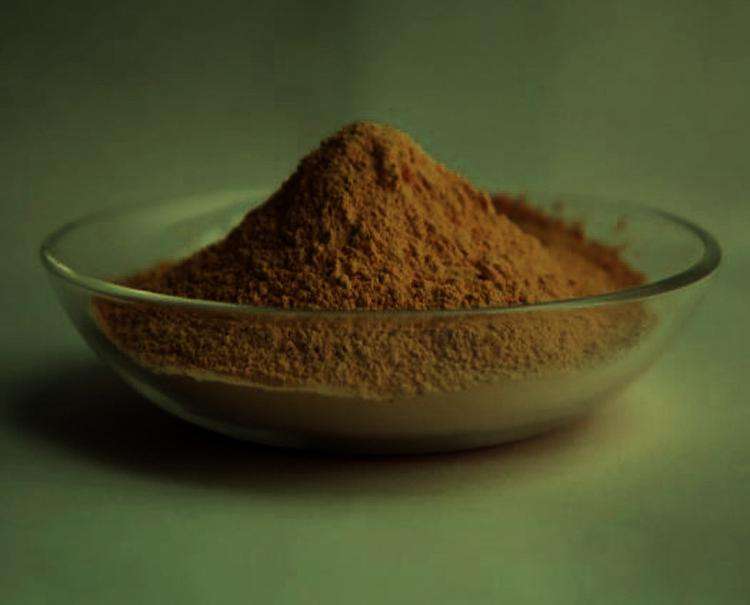Echinacea Purpurea Extract Chicoric acid helps in Phytotherapy
Chicoric acid is found in basil, dark green lettuce, chicory root and dandelion, and is one of the main phenolic compounds of echinacea. Studies have shown that chicoric acid can be protective against pain, inflammation, oxidation, diabetes, liver disease and Alzheimer's disease.
Chicory, what exactly is it?
Originally from Africa and Europe, chicory is a small wild plant close to dandelion with flowers that range from blue to pink color, depending on the position of the sun.
Of a rather unfortunate aspect, it is found almost everywhere in the USA and elsewhere.
It can in the eyes of some take the image of an invasive plant in the same way as its neighbor the dandelion.
However, it is beneficial in phytotherapy, where both its aerial parts and its root are used. There are valuable nutrients such as tannins, sugars, and insulin with a pre-biotic effect.
The benefits of chicoric acid on our health.
Chicory is primarily a purifying plant with a detoxifying effect.
It is commonly used after a meal too rich or too watered because it promotes the functions of kidney and digestive elimination. The chicoric acid it contains promotes urinary excretion.
Very efficient, it has a direct action on the liver that it allows to clean thanks to its active ingredients. However, it is essential to respect the dosages because in high dose it can have a side effect and prove to be detrimental to the proper functioning liver.
The presence of inulin, the sugar that works as a pre-biotic makes it a preventive element for certain digestive ailments. Its low calories and richness in fiber associated with the presence of inulin make it an ally for effective weight loss.
The chicory is used both to drink in herbal tea and kitchen in the form of salad, in meal slimming all in lightness.
Where can I get chicory?
Chicory, you wonder or find? It can be consulted in the form of powder (root and minced leaves) which can be prepared in herbal tea, allowing to infuse for a few minutes in hot water.
The chicory powder can also be combined with other elements in the form of capsules to obtain better efficacy, as is the case with Fenitrol slimming products.
Finally, if you have a good recipe, the freshly picked plant will serve to make a delicious salad.
The chicory is, therefore, a plant with multiple virtues and uses very varied. In herbal tea, in a salad or capsule, it is a real ally of the well-being by acting on many organs and can prove to be an excellent complement within the framework of a slimming diet.
What does chicoric acid contain?
Radicchio: like blueberry and red wine!
Thanks to its red color, radicchio would contain more phenolic compounds than endive or other varieties of chicory. Its antioxidant activity would be similar to those of blueberries and red wine.
Phenolic compounds
Chicory is a primary source of antioxidants. It contains several types of phenolic compounds, mainly flavonoids. Common chicory contains quercetin and kaempferol, while radicchio contains mainly cyanidin, but also quercetin and luteolin. The consumption of kaempferol-rich foods (such as chicory, broccoli, tea, and kale) would increase the concentration of this flavonoid in the blood and provide beneficial effects to the body.
The various types of chicory also contain phenolic acids. The common chicory contains ferulic and cafeteria acids, the radicchio contains chlorogenic acid, and the chicory consists mainly of chicoric acid.
Carotenoids
Chicory, cooked or not, contains impressive amounts of carotenoids, including lutein and beta-carotene. The consumption of carotenoid-rich foods would be linked to a lower risk of suffering from certain cancers. According to more and more studies, a high consumption of beta-carotene would also have a protective effect against the development of cardiovascular diseases.
The common chicory, what is it?
Common chicory (Cichorium intybus) includes wild chicory, resembling dandelion and very bitter, and other similar varieties grown and somewhat milder. Radicchio and Treviso are also varieties of Cichorium intybus but are not considered as common chicory.



 Healthier Future
Healthier Future